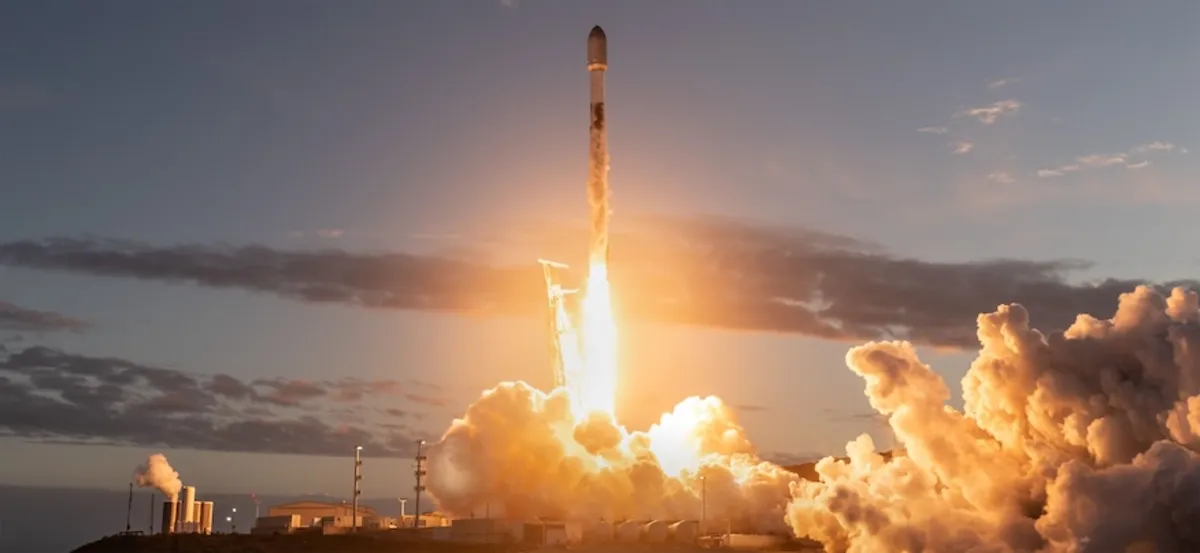
On October 22, 2023, at 11:30 a.m. EDT (1533 UTC), SpaceX confirmed the successful deployment of 28 new Starlink satellites, marking a significant milestone in the company’s mission to provide global broadband internet service. This launch also represented the 550th mission of the Falcon 9 rocket since its inaugural flight in 2010, showcasing the rocket's reliability and efficiency.
The launch took place at 7:16 a.m. PDT (10:16 a.m. EDT / 1416 UTC) from pad 4E at the Vandenberg Space Force Base in California. Utilizing the Falcon 9 booster identified as B1075, this mission marked its 21st flight, following notable launches such as Transporter-11, SARah-2, and SDA-0A.
Approximately 8.5 minutes post-launch, the Falcon 9 booster performed a successful autonomous landing on the SpaceX drone ship, ‘Of Course I Still Love You’, stationed in the Pacific Ocean. This landing was the 159th for this particular vessel and the overall 522nd booster landing conducted by SpaceX, underscoring the company’s commitment to reusability in spaceflight.
About an hour after liftoff, the 28 Starlink V2 Mini satellites were deployed from the second stage of the Falcon 9 rocket. This latest mission adds to the ever-growing Starlink constellation, which is designed to deliver high-speed internet access across the globe. Recently, SpaceX celebrated the launch of its 10,000th Starlink satellite, with more than 8,600 currently in low Earth orbit, contributing significantly to global connectivity.
The Starlink 11-5 mission represents the 95th mission undertaken in 2025 to support the development of the low Earth orbit internet constellation. SpaceX's ongoing efforts to expand its satellite network are crucial for enhancing internet access in remote and underserved regions, reaffirming its position as a leader in the satellite internet industry.